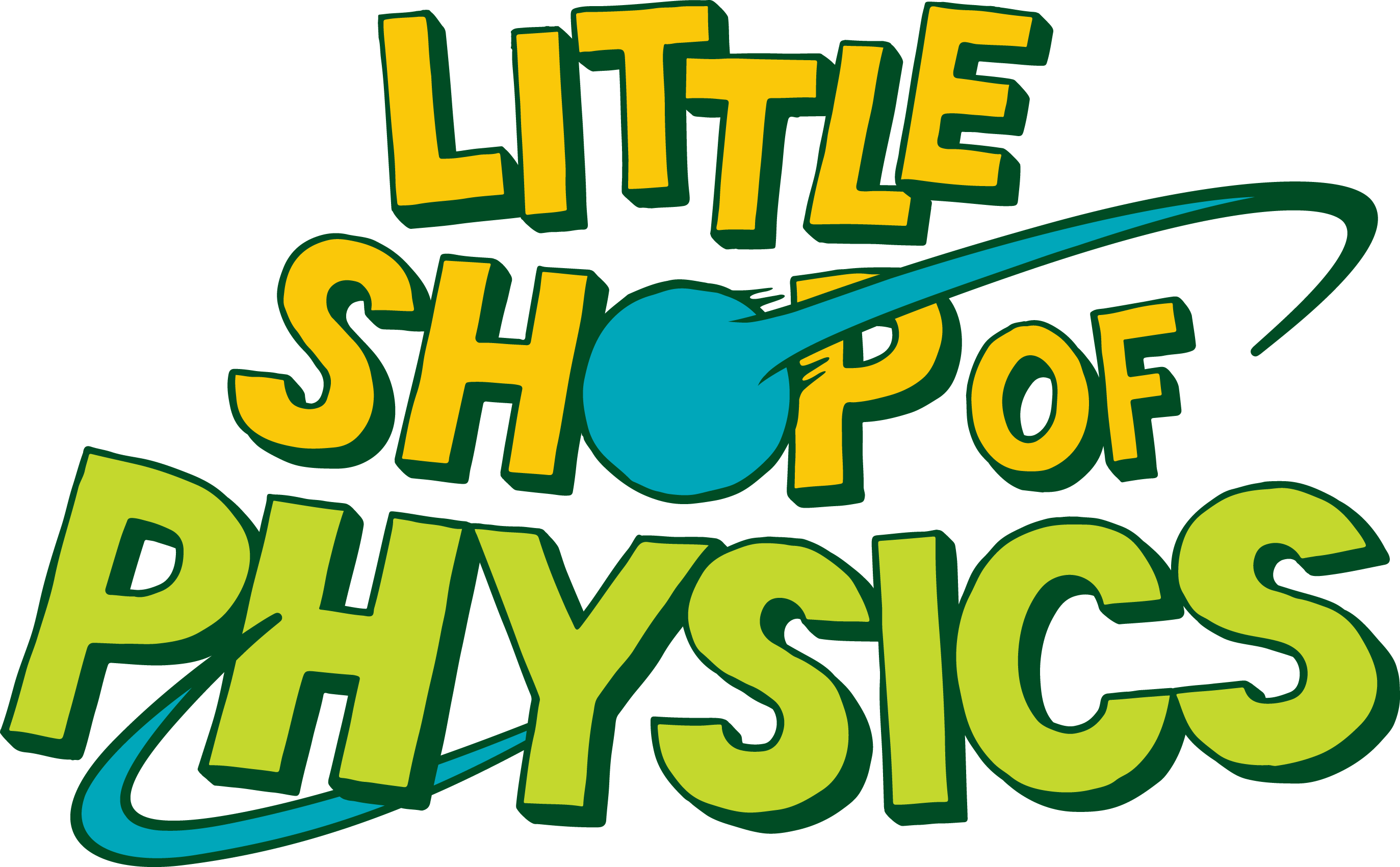Everything You Need to Know: Colorado Science Standards
Looking for LSOP resources to engage your students with a specific science standard, either in the classroom or through remote instruction? This is your page! Read on for an index that matches our Everything You Need to Know About… content to Colorado middle and high school academic standards.
Middle school standards
This section of the page correlates LSOP’s Everything You Need to Know About… content to the 2020 Colorado middle school science standards. Please note that the lists for each standard are given in chronological order (with the earliest-posted resource at the top), not in order of which resources are most recommended for a given standard. However, resources that may be of particular interest for a given standard are marked with an asterisk (*). We’ve erred on the side of including all resources of which you may find a section helpful in each list. Do let us know if you have comments, suggestions, or cool stories about using these resources with your students! (At right: CSU & LSOP alum Mr. Joe, a current middle school science teacher, works with students during an LSOP visit to Brentwood Middle School)

Middle school standard 1: physical science
MS Standard 1.1: The fact that matter is composed of atoms and molecules can be used to explain the properties of substances, diversity of materials, states of matter and phase changes.
MS Standard 1.2: Reacting substances rearrange to form different molecules, but the number of atoms is conserved. Some reactions release energy and others absorb energy.
MS Standard 1.3: Motion is described relative to a reference frame that must be shared with others and is determined by the sum of the forces acting on it. The greater the mass of the object, the greater the force needed to achieve the same change in motion.
MS Standard 1.4: Forces that act at a distance (gravitational, electric, and magnetic) can be explained by force fields that extend through space and can be mapped by their effect on a test object.
MS Standard 1.5: Kinetic energy can be distinguished from the various forms of potential energy.
MS Standard 1.6: Energy changes to and from each type can be tracked through physical or chemical interactions. The relationship between the temperature and the total energy of a system depends on the types, states, and amounts of matter.
- Ten Things You Should Know About the Atmosphere*
- Everything You Need to Know About Sound
- Everything You Need to Know About Magnetism
- Everything You Need to Know About Electricity
- Everything You Need to Know About Fluids in Motion
- Everything You Need to Know About Oscillations & Waves
- Everything You Need to Know About Force & Motion
- Everything You Need to Know About Energy*
- Everything You Need to Know About Electromagnetic Waves
MS Standard 1.7: When two objects interact, each one exerts a force on the other that can cause energy to be transferred to and from the object.
- Ten Things You Should Know About the Atmosphere
- Everything You Need to Know About Sound
- Everything You Need to Know About Magnetism
- Everything You Need to Know About Electricity
- Everything You Need to Know About Fluids in Motion
- Everything You Need to Know About Oscillations & Waves
- Everything You Need to Know About Force & Motion*
- Everything You Need to Know About Energy*
- Everything You Need to Know About Electromagnetic Waves
MS Standard 1.8: A simple wave model has a repeating pattern with specific wavelength, frequency, and amplitude and mechanical waves need a medium through which they are transmitted. This model can explain many phenomena which include light and sound.
MS Standard 1.9: A wave model of light is useful to explain how light interacts with objects through a variety of properties.
MS Standard 1.10: Designed technologies can transmit digital information as wave pulses.
Middle school standard 2: life science
MS Standard 2.3: Sustaining life requires substantial energy and matter inputs.
MS Standard 2.4: Each sense receptor responds to different inputs (electromagnetic, mechanical, chemical), transmitting them as signals that travel along nerve cells to the brain.
MS Standard 2.5: Organisms and populations of organisms are dependent on their environmental interactions with both other living things and with nonliving factors.
MS Standard 2.6: Ecosystems are sustained by the continuous flow of energy, originating primarily from the sun, and the recycling of matter and nutrients within the system.
Middle school standard 3: earth and space science
MS Standard 3.4: Energy flows and matter cycles within and among Earth’s systems, including the sun and Earth’s interior as primary energy sources. Plate tectonics is one result of these processes.
MS Standard 3.6: Water cycles among land, ocean, and atmosphere, and is propelled by sunlight and gravity. Density variations of sea water drive interconnected ocean currents. Water movement causes weathering and erosion, changing landscape features.
MS Standard 3.7: Complex interactions determine local weather patterns and influence climate, including the role of the ocean.
MS Standard 3.10: Human activities have altered the biosphere, sometimes damaging it, although changes to environments can have different impacts for different living things.
MS Standard 3.11: Human activities affect global warming. Decisions to reduce the impact of global warming depend on understanding climate science, engineering capabilities, and social dynamics.
High school standards
This section of the page correlates LSOP’s Everything You Need to Know About… content to the 2020 Colorado high school science standards. Please note that the lists for each standard are given in chronological order (with the earliest-posted resource at the top), not in order of which resources are most recommended for a given standard. However, resources that may be of particular interest for a given standard are marked with an asterisk (*). We’ve erred on the side of including all resources of which you may find a section helpful in each list. Do let us know if you have comments, suggestions, or cool stories about using these resources with your students! (At right: LSOP intern and future science teacher Brenna works with students during an LSOP visit to Skyline High School)

High school standard 1: physical science
HS Standard 1.1: The sub-atomic structural model and interactions between electric charges at the atomic scale can be used to explain the structure and interactions of matter.
HS Standard 1.2: Chemical processes, their rates, their outcomes, and whether or not energy is stored or released can be understood in terms of collisions of molecules, rearrangements of atoms, and changes in energy as determined by properties of the elements involved.
HS Standard 1.4: Newton’s second law and the conservation of momentum can be used to predict changes in the motion of macroscopic objects.
HS Standard 1.5: Forces at a distance are explained by fields that can transfer energy and can be described in terms of the arrangement and properties of interacting objects and the distance between them.
HS Standard 1.6: Energy is a quantitative property of a system that depends on the motion and the interactions of matter and radiation within that system.
HS Standard 1.7: Energy cannot be created or destroyed, but it can be transported from one place to another and transferred between systems.
- Ten Things You Should Know About the Atmosphere*
- Everything You Need to Know About Sound
- Everything You Need to Know About Magnetism
- Everything You Need to Know About Electricity
- Everything You Need to Know About Oscillations & Waves
- Everything You Need to Know About Energy*
- Everything You Need to Know About Electromagnetic Waves
HS Standard 1.8: Force fields (gravitational, electric, and magnetic) contain energy and can transmit energy across space from one object to another.
HS Standard 1.9: Although energy cannot be destroyed, it can be converted to less useful forms as it is captured, stored, and transferred.
HS Standard 1.10: Waves have characteristic properties and behaviors.
HS Standard 1.11: Both an electromagnetic wave model and a photon model explain features of electromagnetic radiation broadly and describe common applications of electromagnetic radiation.
HS Standard 1.12: Multiple technologies that are part of everyday experiences are based on waves and their interactions with matter.
High school standard 2: life science
HS Standard 2.3: Organisms use matter and energy to live and grow.
HS Standard 2.4: Organisms interact with the living and nonliving components of the environment to obtain matter and energy.
HS Standard 2.5: Matter and energy necessary for life are conserved as they move through ecosystems.
HS Standard 2.13: Humans have complex interactions with ecosystems and have the ability to influence biodiversity on the planet.
High school standard 3: earth and space science
HS Standard 3.1: All stars, including the sun, undergo stellar evolution, and the study of stars’ light spectra and brightness is used to identify compositional elements of stars, their movements, and their distances from Earth.
HS Standard 3.2: Explanations and predictions about the motions of orbiting objects are described by the laws of physics.
HS Standard 3.4: Earth’s systems, being dynamic and interacting, cause feedback effects that can increase or decrease the original changes, and these effects occur on different time scales, from sudden (e.g., volcanic ash clouds) to intermediate (ice ages) to very long-term tectonic cycles.
HS Standard 3.6: The planet’s dynamics are greatly influenced by water’s unique chemical and physical properties.
HS Standard 3.7: The role of radiation from the sun and its interactions with the atmosphere, ocean, and land are the foundation for the global climate system. Global climate models are used to predict future changes, including changes influenced by human behavior and natural factors.
HS Standard 3.8: The biosphere and Earth’s other systems have many interconnections that cause a continual co-evolution of Earth’s surface and life on it.
HS Standard 3.9: Resource availability has guided the development of human society and use of natural resources has associated costs, risks, and benefits.
HS Standard 3.11: Sustainability of human societies and the biodiversity that supports them requires responsible management of natural resources, including the development of technologies.
HS Standard 3.12: Global climate models used to predict future climate change continue to improve our understanding of the impact of human activities on the global climate system.



